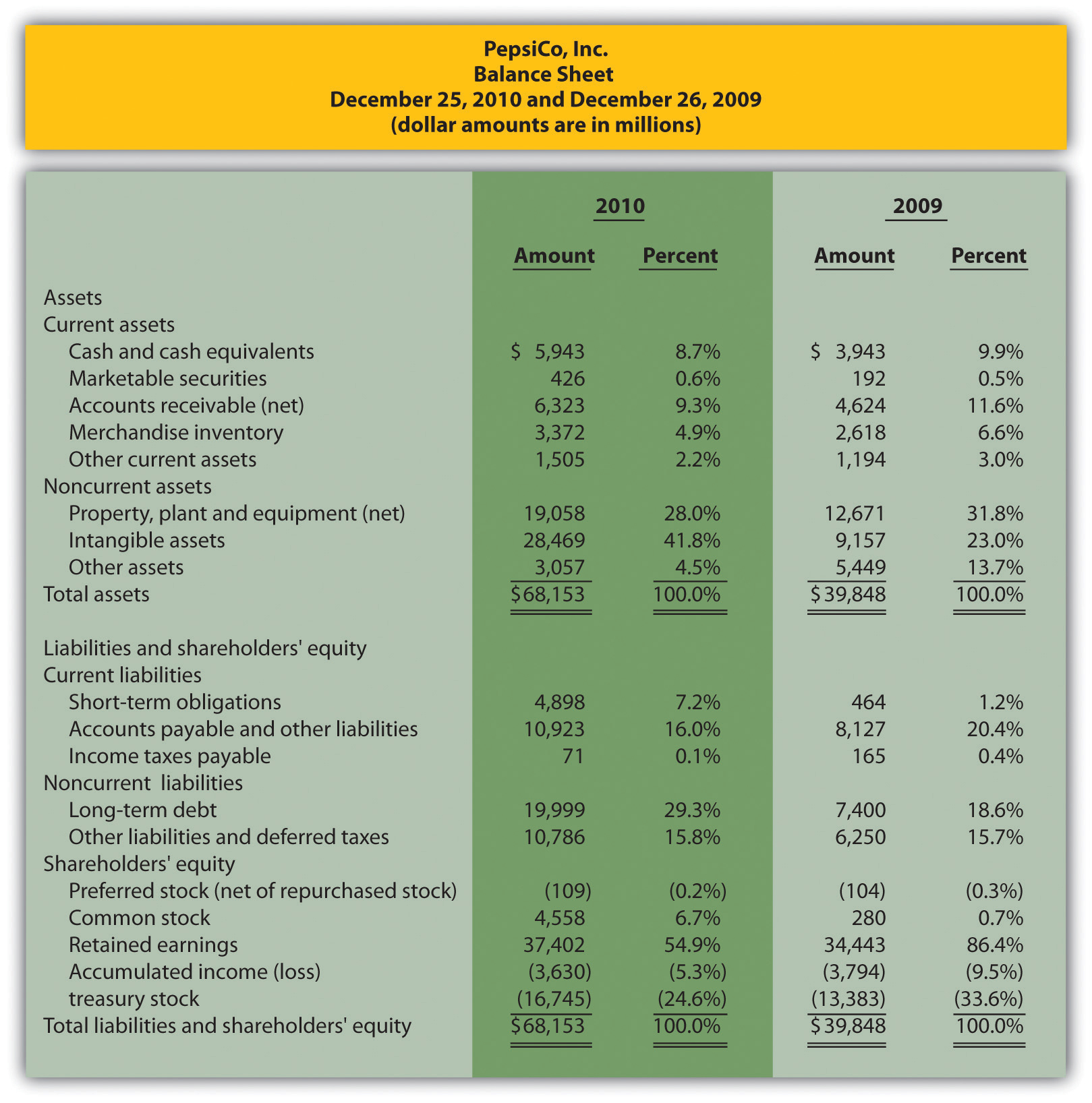

Operating profit = Gross profit - Operating expenses.20% gross profit margin means you keep a gross profit of $0.20 for every $1.00 of revenue generated). This shows what proportion of gross profit you keep from each dollar of revenue generated (e.g. Gross profit margin = (Gross profit ÷ Total revenue) x 100.This is an indicator of overall production efficiency and a key figure for setting prices and sales targets. This is the difference between total sales and the cost of producing the goods or services you sell. Gross profit = Total revenue - Cost of goods sold.Use your profit and loss statement to extract important figures to explain your business's profitability: For example, if your rent rises it may not be practical to move to alternative premises, or moving may be more expensive than paying the increased rent amount.Ĭheck your profit and loss statement for any sudden or unexpected spikes in costs, rather than gradual increases over time (due to factors such as inflation and annual employee pay rises). Operating expenses can be harder to reduce. Some increases are inevitable, with inflation likely to cause costs to increase across a market over a period of time. Rising material costs could mean you need to find a different supplier, or find more efficient production methods. operating expenses (the cost of indirect labour and any other costs not directly linked to producing goods or services).Īim to minimise your business costs wherever possible.cost of goods sold (the cost of direct labour and any raw materials used to produce your goods or services).The 2 main sets of figures in the expenses section of a profit and loss statement are: A pattern of falling revenue may indicate that your business is in trouble. Note how much sales have risen or fallen since your previous profit and loss statement.īreaking sales figures down into individual products or product lines will help you see which products are performing well and which products need attention.Īlways look to maintain or increase revenues over time. Secondary sources of revenue can include: Secondary revenue and other income can be unpredictable, so you should focus on your primary sales revenue to grow your business.

The most important part of the revenue section of your profit and loss statement is total sales. material and labour costs), secondary activities and any other losses during the period (e.g. Expenses-what you're spending on primary activities (e.g.Your profit and loss statement will generally be split into 2 sections: For investors, it shows the financial health of a business before they decide to invest, or to see what return they are getting on an existing investment.As a business owner, it highlights where your business is succeeding and where it may be struggling.It can cover any period of time, but is most commonly produced monthly, quarterly or annually.Ī profit and loss statement is a useful tool for monitoring business activity. A profit and loss statement, also known as an income statement, shows the profitability of your business over a specific period.


 0 kommentar(er)
0 kommentar(er)
